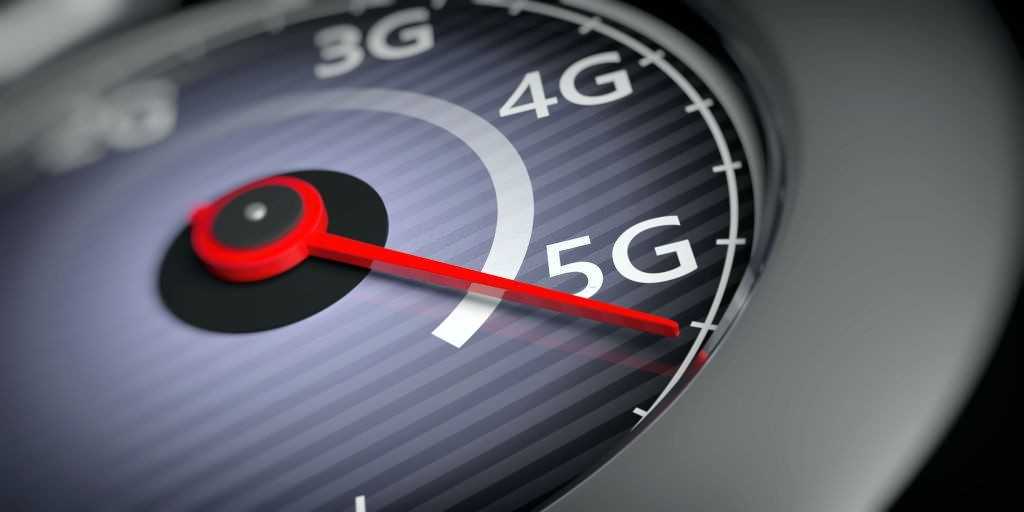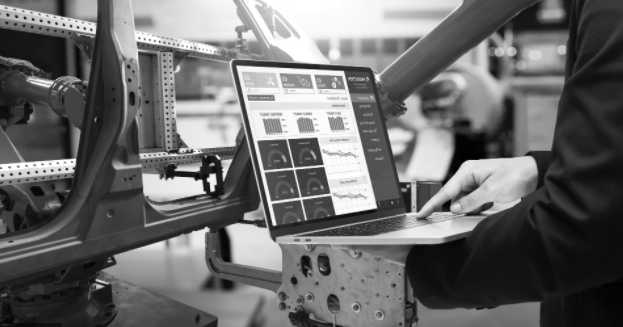Living with the Edge – The Significance of Edge Computing
With billions of IoT devices set to ride the breakneck speed of 5G, have a peek at the technology that sets the cruise control.
You may have noted a slight lag sometimes while live streaming, say, a sports event. A video getting stuck just when the player is about to shoot and then resuming only to show him celebrating with his teammates can be a tad annoying. Now imagine riding through the curvy bends of a hill in a self-driving car. If the car takes a second too long before turning away from the edge of a cliff, you would feel much more than just annoyance, wouldn’t you? Both the situation can make you feel a bit edgy, with varying degrees of course. But both these possibilities arise because of something that is commonly known as ‘latency’.
This latency is prominent among the things addressed through the use of Edge Computing. By attaching itself to a host of Internet of Things and devices, edge computing is doing away with much of their latency. It is also improving overall customer experience and is often touted as the much-needed razor’s edge in the world of computing.
What is Edge Computing
Edge in this context refers to the closeness to the end-user. Edge computing definition would be that it enables the processing of information at the device where the production and consumption of the data are taking place. This is literally a world apart from cloud computing, where the computation and storage of data in a central location, which could be thousands of miles away.
The computing takes place in the device itself, as it analyzes the data generated. Instead of forwarding all the generated data to the cloud and data center, edge computing grades the data generated and decides which ones need an immediate response. Accordingly, immediate action is taken on data that need a real-time response. By bringing this computation closer to the IoT device, edge computing can save cost, improve speed, and avoid latency in the activities of the devices in which it is installed.
_11zon.png)
The purpose of Edge Computing
The need for Edge Computing was felt like a necessary response to the bandwidth cost associated with the longer travel distances of data from devices to the cloud and data center. What brought a sense of urgency to this need was the exponential growth of internet-based devices and the data they generated. While the importance of cost-reduction remains, edge computing now enables faster data analysis, quicker response, and, therefore, better user experience. The impact of edge computing on speed and reliability also sums up its purpose.
- Speed - With every company gunning for speedy service, removing latency is now a primary requirement in computing. Edge computing architecture increases network speed by getting rid of processing delays. The routing of data through local network connections creates latency in the range of 10 to 65 milliseconds. Thanks to edge computing, even this minuscule bottleneck is now avoidable.
- Reliance - Network problems are avoided with more sure-footedness. As the computing devices and edge data centers are closer to the end-user, the service is less dependent on local network efficiency. This makes the services of the devices more reliable.
Working of Edge Computing
We know by now that a large amount of data is generated in Edge Computing IoT and virtual devices. Some of these data are of no archival or response value, some may be stored for future reference while the remaining data calls for a prompt, often real-time, response. Edge computing works with this as the backdrop.
Edge computing includes an edge device that has computing capabilities ingrained into it. It can be a car, a robotic machine in a factory, or a traffic control system. Being a distributed architecture, these devices have limited capabilities that are built-in keeping the device’s requirement in mind.
Often part of the edge device is an edge node where the actual data handling is conducted. Then there are edge clusters or servers, which are located in a facility for running the enterprise or shared service application workload. Edge clusters can have hundreds of GBs of local storage and sufficient memory to handle the connecting edge devices.
The edge gateway is similar to the cluster but with added responsibilities like wireless connection, firewall protection, network termination, tunneling, etc. Limited capacity edge gateways can be a part of the edge device but often independent edge gateways are used.
Edge computing supplements the workload of the cloud but doesn’t replace it altogether. Public or private clouds manage the activities of different edge nodes through their hosted applications. Edge nodes and the cloud interact and facilitate a smooth exchange of data between them.
The collection of data in the IoT devices and their transmission to the edge or cloud happens through IOT sensors. The backbone of this edge computing architecture is the network itself, with 5G being looked at as a potential gamechanger in edge computing.

5G and Edge Computing
The anticipation around the rollout of 5G technology is palpable. With 10 times more speed than its predecessor, 5G is going to give a tremendous boost to edge computing. It will help new devices to arm themselves with real-time capabilities. This is reflected in the projection that the global edge computing market is expected to generate a combined annual growth of 32.8% in the 2018-25 period.
The 5G network combined with edge computing is likely to see the influx of more specialized and complicated network models. This is because newer concepts will be conceived to exploit the opportunities that it presents. The opportunities will primarily be in the form of increased bandwidth and traffic capacity, faster processing, and the low latency that 5G is certain to bring in.

Examples of Edge Computing
- In manufacturing set up, edge devices can monitor the activities of the various equipment, analyze them, adjust their operating parameters, and improve the efficiency of the equipment, and the larger assembly line. It can also do predictive analysis to forecast breakdowns and schedule the need for maintenance.
- Smart city solutions can be customized through the use of edge computing. It can include traffic maintenance, law and order monitoring, maintenance of utilities, and tackling problems like flood and fire on a real-time basis.
- Edge computing can improve video streaming experience and also save on the bandwidth costs. As a streaming video solution, it ensures seamless delivery by catering to different devices with varying formats and quality preferences, optimizing the selection to enhance performance.
- Connected automobiles can gather vehicular data with the use of edge computing. This can be run through preliminary analysis and transmission within a vehicle, thus improving the automated efficiency of the vehicle.
- Edge Virtual Machines can use edge computing to enable IoT devices to process critical information and make decisions more promptly. Notably, there will be over 41.6 billion IoT devices by 2025, so the workload can be gargantuan. Edge computing is reducing the reliance on distant servers and is continuing to increase the computing power of these devices.

Edge Computing and Cloud Computing
Edge computing and cloud computing are not pitted against each other. They can co-exist and enrich the efficiency of one another.
In terms of suitability, edge computing is ideal for devices and organizations that don’t have a very high volume of data handling but need to put a premium on processing promptness. Cloud computing is ideal for handling large volumes of data and for uses where a little bit of latency is somewhat tolerable.
Edge computing can accommodate multiple programming platforms on it while cloud computing is made for a single programming platform.
In terms of security, the susceptibility is higher in the case of edge computing as it is attached close to the end-user. It needs a stronger safety plan and authentication method than cloud computing.

Potential benefits and flipsides
Edge computing is bundling computing, storage, and analysis onto the devices which enable businesses to increase their operations at a lesser cost. Increasing the scale of operations doesn’t lead to additional pressure on bandwidth due to edge computing. In the case of personal use, the device-based data processing improves the efficiency and response of the edge device.
The security of an edge computing data center or device, if compromised, doesn’t require the shutting down of the entire network. When under threat, it is easier for the business to shut down the effected edge device/server without interrupting the entire network. Due to the distributed nature of the architecture, security protocols can be updated locally to address security issues.
On the flipside, edge computing capabilities increases the production cost of the device. It also means that the edge set-up must carry storage space and have advanced architecture. There is a low risk-appetite for security vulnerabilities in the case of edge computing devices and machines.
Impact of Edge computing on jobs and future job prospects
Just like cloud computing had its effect on the IT job market, edge computing is bringing in changes too. While certain in-house demands will reduce, the need for maintenance of this infrastructure will increase. As new industries and businesses continue to embrace edge computing, new job openings will fill these in-house voids. Thus, while the demand for jobs like system administrators, database administrators, admin, and support functions will be affected by the improved automation of edge computing, demand for jobs in edge computing projects, software development, network maintenance, and analysis jobs should see a rise.
To sum up
In its early days of evolution, edge computing has seen its use go through a need-based transformation. From its use as a means of bandwidth cost reduction, its real-time response capabilities are now driving the efficiency of IoT and other connected devices. And the introduction of 5G is set to put edge computing on the threshold of even greater efficiency.Click here and explore our courses on emerging technologies from cloud computing to blockchain.
